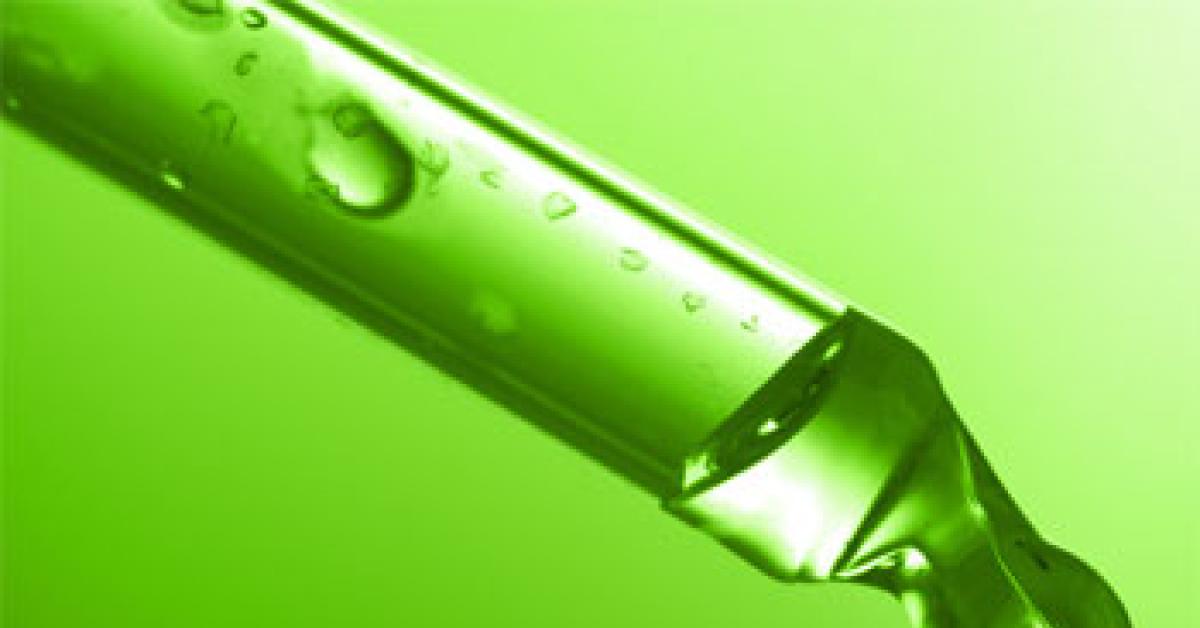CONCORD, N.C. — I am sure you have seen this stain. By its location and texture, you are certain that the stain is blood. But the color is all wrong. Instead of being a shade of bright red, this stain is dark “brick” reddish-brown and could even be called black.
Old blood is an extremely tough stain to remove. The procedure can be made easier with a digester. This month, I will present a straightforward approach to using an enzyme digester to your advantage, both in a soaking bath and at the spotting board.
Digesting is often ignored as being slow and time-consuming. Digesting is often overlooked, due to the highly effective pre-mixed protein stain removers available from the various chemical providers. Sadly, by not considering a digester in the removal of protein stains, the task is at times made less effective, more difficult, and riskier.
Digesters are available in both powder and liquid forms. The powder variety is most often used in a soaking bath while the liquid variety is most often found at the spotting board. The one additional item the stain-removal specialist must have is patience.
Digesters are effective on difficult protein stains by breaking down the staining matter when the dyes are sensitive to the alkali in a premixed stain-removal formula or in garment construction and trim where mechanical action presents a high risk of damage. As a reminder, protein stains include things like egg, blood, milk, and bodily fluids.
Unfortunately, digesters work within an extremely narrow set of circumstances. The area must be warm, usually between 100 and 130 F. It must be pH-neutral. Any spotters that have been used previously must be flushed out completely before one uses a digester. And the area must remain moist during the entire time the digester is in contact with the stain.
Using enzyme digester at the spotting board is just as simple as using other wet-side stain removers. It just takes a little longer to produce the results. The most efficient way is to follow normal wet-side protocol, apply the digester, and cover the area with a wet cloth, then set it aside while spotting other garments. After at least 15 minutes, retrieve the garment and flush the stain with wet steam over the vacuum nose of the spotting board. Most, if not all of the stain, will be flushed away by the steam.
Place the garment over the vacuum nose of the spotting board. Flush the stain with steam to wet and heat the area. Place a digester on the stain and cover the area with a warm, wet cloth. If using a powder digester, dissolve the powder with water before covering the area with the wet cloth. Let the digester remain wet and moist on the stain a minimum of 15 minutes. Place the item over the vacuum nose of the spotting board and flush the stain with wet steam. Any stain remaining after flushing can then be removed with a protein stain remover.
When faced with a large area of protein in a fabric that is water-compatible, a soaking bath of enzyme digester may be your most effective option for stain removal.
The easiest way to maintain the warmth of the water in the digester bath is to use an insulated beverage cooler. Fill the cooler with warm water (110-115 F) and dissolve the digester in the water.
The container must be large enough for the garments to move around freely. It takes time for the digester to break down the stain in the bath.
Dissolve the digester in enough water to cover the items being processed. Ensure that there is enough room for the garments to spread out and move freely. If the garments float to the top and are exposed above the water line, place a clean, white towel over the top of the water to keep the items submerged in the digester bath. If possible, cover the container to help retain the heat for a longer period of time.
Once the water cools to around 75 F, the digester’s action slows down and may even stop. Check on the items periodically to ensure they are submerged, the water is still warm, and to inspect the progress of stain removal. Once the stain is removed, the items can be rinsed or wet cleaned, dried and finished.
Most digester instructions will give a recommended temperature range for the water. If no instructions are available, a temperature range between 95 and 125 F should be maintained. Water temperature that is too low will result in little to no digestion, but a temperature that is too high will negate the effects of the digester immediately.
Have a question or comment? E-mail our editor Dave Davis at [email protected].

